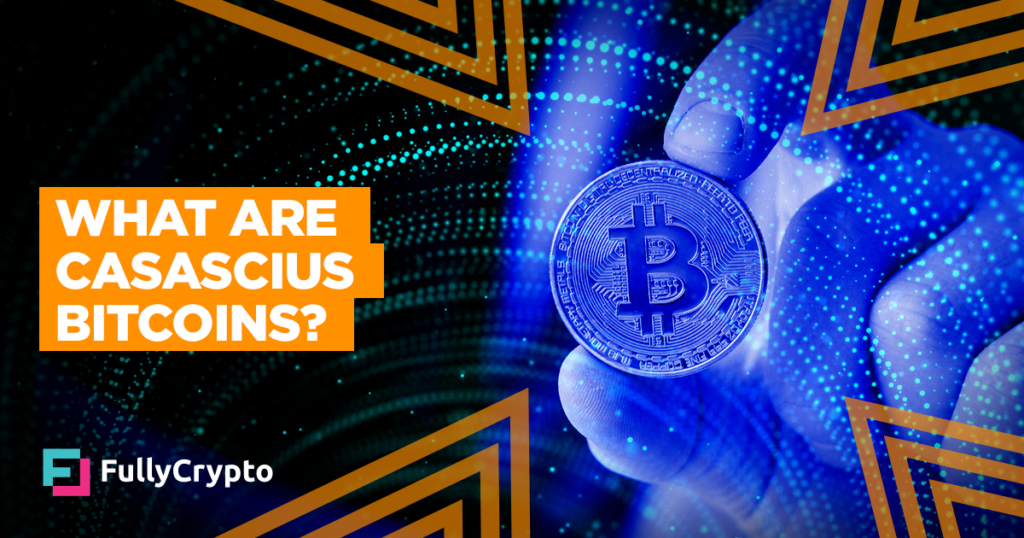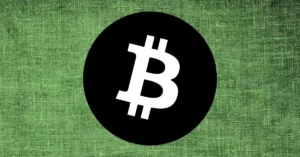
What Are Casascius Bitcoins and Why Are They So Expensive?
Launched in 2011 and banned in November 2013, Casascius Bitcoins have gained a unique reputation as the only truly valuable physical Bitcoins in existence. Created by Utah resident Mike Caldwell, these early physical representations of Bitcoin were widely available until the US government stepped in and called a halt to the operation.
The brainchild behind this innovation aimed to create a “proof of concept” that would spark conversations about the digital currency among others. What distinguishes Casascius Bitcoins from other interpretations is their redeemable BTC content, with the private key hidden beneath an imprinted hologram layer on the coin. The virtual contents can only be accessed once the hologram has been removed or “peeled”.
The project took off as Caldwell launched his coins on BitcoinTalk and they became extremely popular, with various denominations available including ₿ 10, ₿ 25, ₿ 100, and even ₿ 1,000 versions resembling gold bars. Given that Bitcoin was trading at around $10 at the time, this move may have seemed like a gamble today; however, it wasn’t as risky back then.
Caldwell’s production line came to an abrupt halt in November 2013 when FinCEN informed him that selling items with BTC inside them qualified him as operating a money transmitting business, necessitating federal registration and potential state licenses. Showing foresight, Caldwell wisely decided to cease making these BTC-filled versions, ensuring that all pre-November 2013 coins and bars were granted an additional layer of rarity. This sudden increase in demand and value was inevitable.
A tracking website, Casascius Bitcoin Analyzer, shows that out of the 27,834 items produced by Caldwell prior to November 2013, only 9,689 have had their innards removed. This translates to less than a third of the total output having been opened. Astonishingly, just two of Caldwell’s five flagship ₿ 1,000 bars remain unpeeled, now worth a staggering $92 million each.
Casascius coins occasionally pop up on eBay, with pre-2013 editions naturally commanding a huge premium. Most peeled coins had been opened prior to 2013, but some have managed to hold out longer: the most recent peeling occurred in October this year. With over 65% of his originals still unexplored, it is reasonable to assume that the legacy of Caldwell’s initial and finest physical Bitcoins will continue for some time yet.
The rarity of these coins has led to a significant surge in their value, with only a small percentage having been opened.
Source: fullycrypto.com


